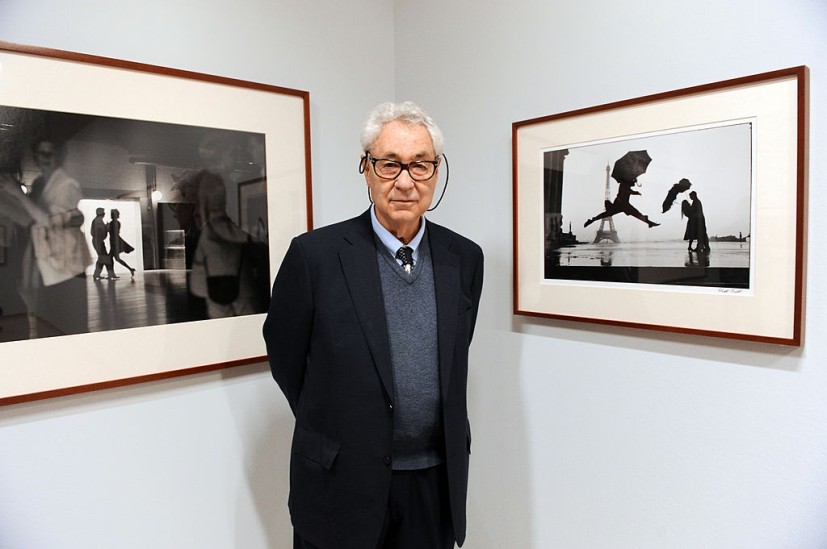Elliot Erwitt, an acclaimed American photojournalist who chronicled a wide variety of subjects from the humorous to the serendipitous, at the age of 95, "passed away peacefully and surrounded by family" last Thursday, Nov. 30, at his Manhattan home, according to an Instagram post on his official account.
Erwitt, whose career spans over seven decades and has brought him all over the world, made a name for himself by capturing vivid black-and-white photos of political figures, celebrities, and dogs-a whole lot of dogs.
This very "human-centered" approach of the photojournalist attracted a lot of international agencies, one of which was Magnum Photos agency, which he became a long-term member of in 1953, he even became the company president for three years in the late '60s.
"The combination of his casual and humoristic approach to the act of photographing, and his obsessive dedication, made him a unique artist that we have lost today with great sadness," Magnum Photos' current president, Cristina de Middel, wrote in the agency's remembrance for Erwitt last Nov. 30.

How Elliott Erwit Got Started as a Photographer
The photojournalist was born in Paris on July 26, 1928, as Elio Romano Erwitz, spending his younger years in the city of Milan. Bearing his family's Russian-Jewish descent, they flew to the US in 1939, on the cusp of then-brewing World War II. They settled in LA where Erwitt began his career as a photographer, taking classes at the City College.
Erwitt eventually moved to New York in 1948 to study film at the New School for Social Research, in exchange for working as a janitor. Come 1951, Erwitt joined the US Army, lending his photography skills while he was stationed in Europe. After visiting the Magnum Photos office in Paris, he was introduced to Robert Capa, who invited him to join the agency.
Read Also : Jane Austen's Personal Copy of 'Curiosities of Literature' Set to Fetch $100,000 at Auction
Elliot Erwitt's Most Famous Photographs
His first breakthrough photograph he shot at 22 years old wasn't shown to the public until 2018, when an exhibition called "Elliott Erwitt: Pittsburgh 1950" showcased it at the International Center of Photography in New York. The photos were taken during one of his assignments in the army, given by Roy Stryker, former head of the US Farm Security Administration.
Erwitt was tasked to highlight the industrial city of Allegheny in Pennsylvania from a previously unseen perspective. The photographer chose to focus on human-centered stories, specifically on Pittsburgh kids. However, as he is part of a large team of photographers that routinely sends a cavalcade of negatives every day, the photographs were forgotten in Stryker's archives left to gather dust for a couple of decades.
Another of the photographer's famed images was from 1959, which showed Richard Nixon, who was a Vice President then, burying his finger into the chest of Soviet Premier Nikita Khrushchev during a diplomacy effort held in Moscow. The two leaders were in the midst of a raging debate regarding the model of an American kitchen when Erwitt happened to snap the photo at the right moment.
Erwitt was also heavily celebrated for his affinity for photographing dogs, contrasting the more bleak subjects he had with his joy of capturing the mundane and the "funny." In his own words, he took a ludicrous amount of pictures of dogs "because they don't object to being photographed, and because they don't ask for prints."
His energy to document not only the crucial moment of history but also the beautiful "hiccups" of everyday life will forever be remembered.